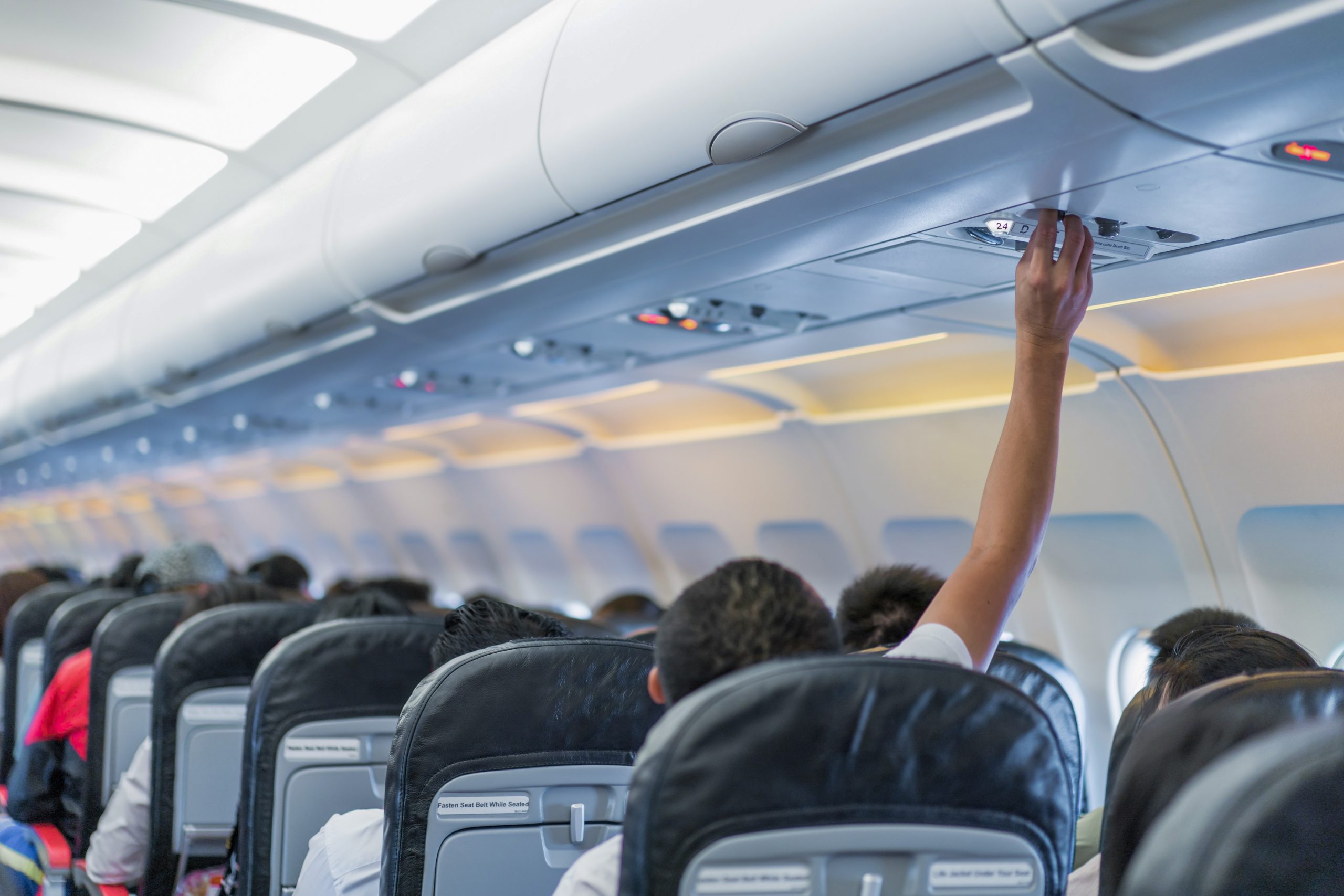Maintaining airflow by keeping air vents open can help reduce the spread of bacteria and viruses within the aircraft cabin. Although cabin air undergoes filtration through HEPA filters, maximizing ventilation through open vents enhances air circulation, contributing to a healthier environment for passengers. Cabin air is refreshed 20–30 times per hour, which is around ten times more frequently than typical office buildings, according to the International Air Transport Association (IATA) website.
Understanding Air Filtration
The combination of fresh air intake and HEPA filtration ensures that cabin air is continuously refreshed, minimizing the concentration of airborne contaminants. Despite these measures, proximity to sick passengers or contaminated surfaces can still pose a risk, emphasizing the importance of additional precautions.
Practicing Hygiene
In addition to maximizing ventilation, practicing good hygiene habits can further reduce the risk of infection during air travel. Wiping down hard surfaces, such as tray tables and armrests, with disinfectant wipes can help eliminate germs and prevent the spread of illness.
Boarding and Deplaning Safety
During boarding and deplaning, when air filtration systems may be less effective, wearing a mask can provide added protection against airborne pathogens. By wearing masks in crowded areas and maintaining hand hygiene, passengers can minimize their risk of exposure to respiratory viruses.
Conclusion
In conclusion, prioritizing air quality and hygiene practices is essential for promoting a healthy travel environment. By leveraging ventilation systems, practicing good hygiene, and taking additional precautions during boarding and deplaning, passengers can minimize their risk of airborne illness and travel safely.

